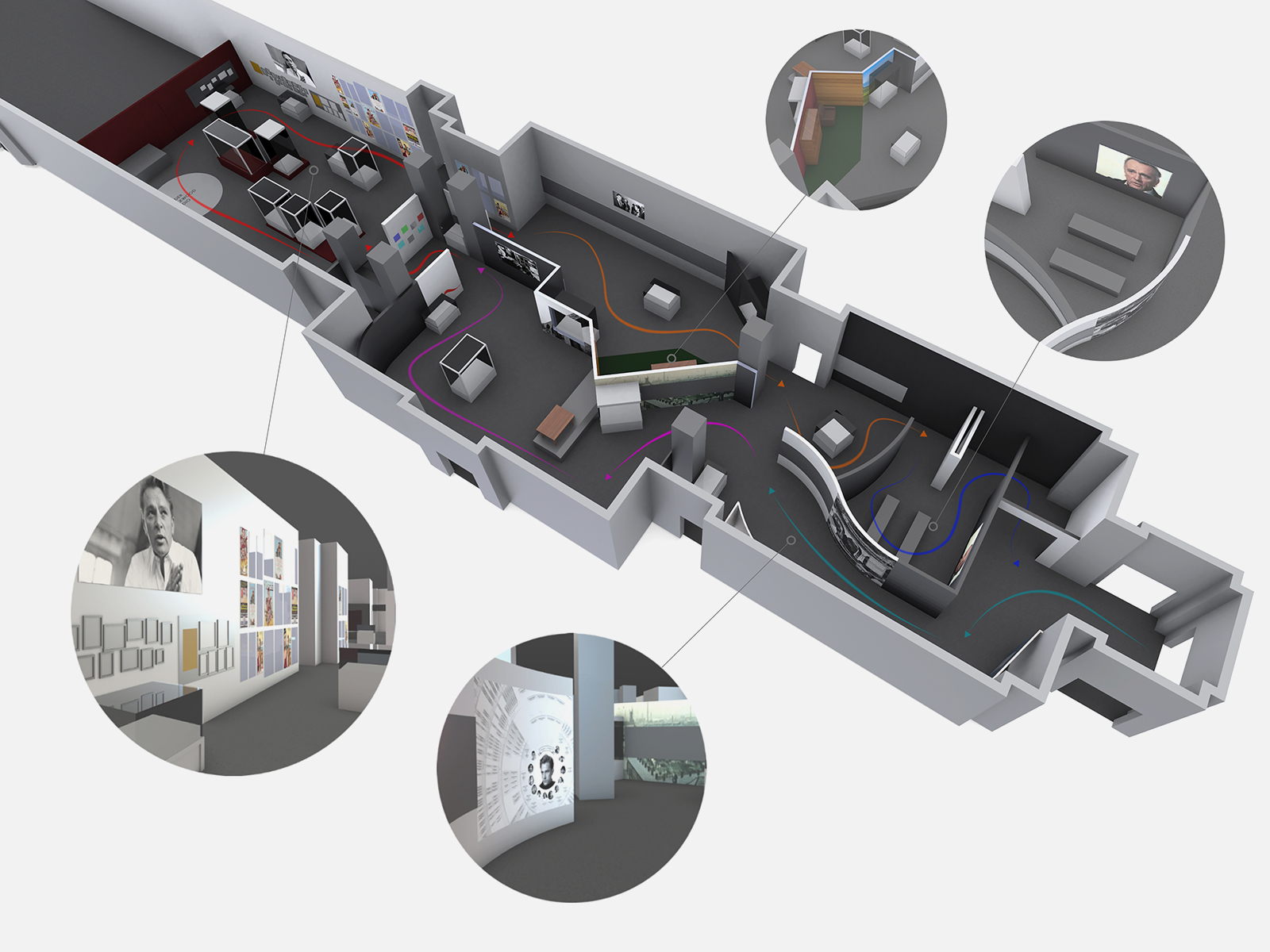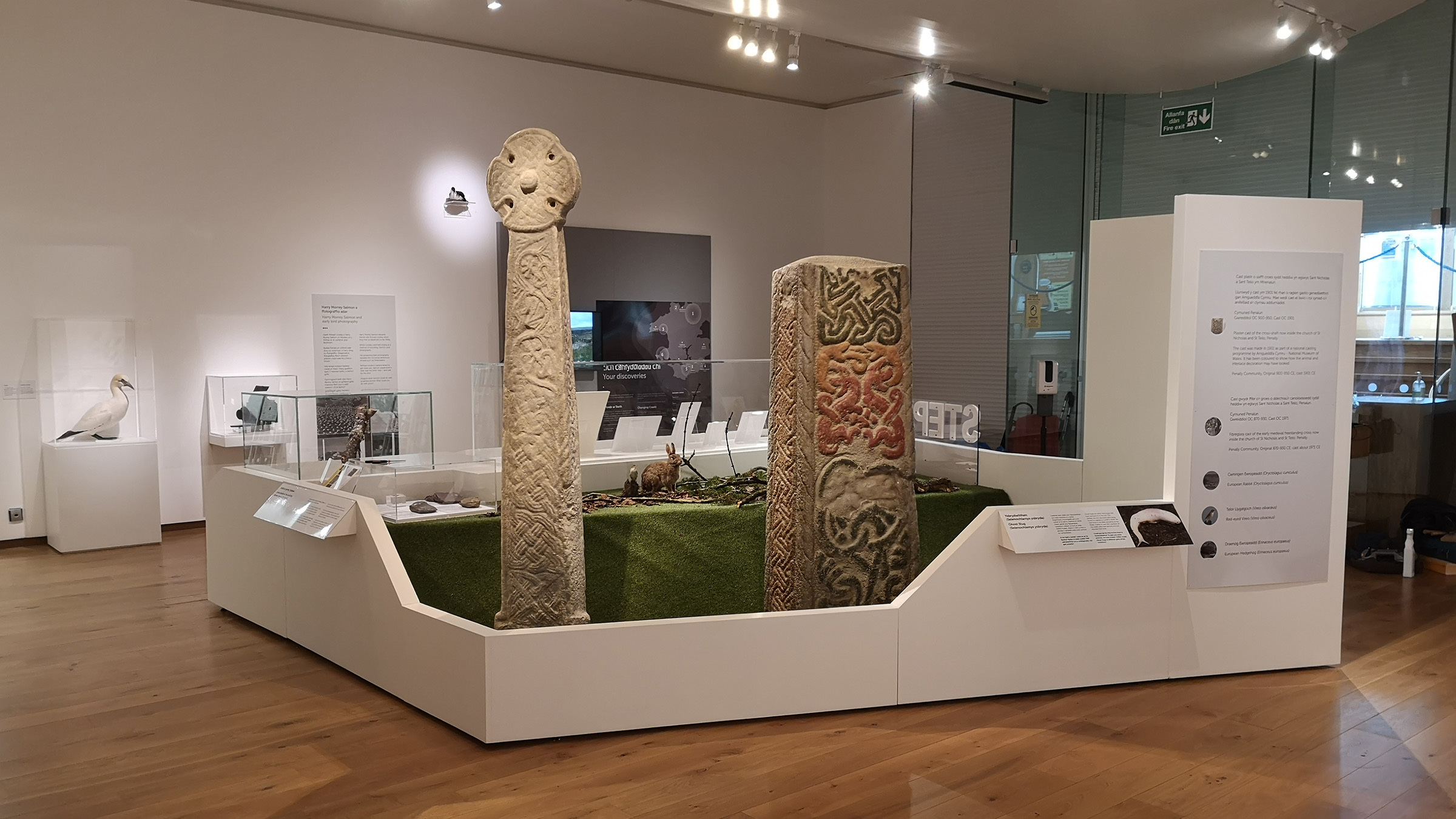How PDR is supporting the museum to embed design
At PDR, we bring our capabilities in various design disciplines to every project we take on - from design engineering and product design through to industrial or user-centred design, we work with multidisciplinary teams using people from lots of different backgrounds with varied expertise to produce a design environment that’s ripe for innovation.
And even when our partners come equipped with existing design teams, we work fluidly with them to combine our varied skill-sets for an enhanced design output.
Enter Amgueddfa Cymru, National Museum of Wales.
Stuart Clarke, Design Consultant, and Jo Ward, Designer / Researcher, lead the PDR team in our partnership with the museum. Speaking on how we help to support the museum to further embed design, Jo explains: “The museum’s design and exhibition team is brilliant at bringing together the visuals and exhibition design itself, but where we can really help is through mitigating risk and understanding user needs and behaviours rather than guessing future behaviours and working that way.”
One method we may use could be ‘starting things off small’ - but ensuring we do them really well. “So this could mean allowing for small prototypes, then testing and iterating - for example, using a small-scale exhibition but learning and developing from that. Speaking to staff and visitors, and understanding what works and what doesn’t - this is really important if we’re thinking about touring exhibitions, which is something we’ve worked with the museum on developing,” Jo continues.
There’s so much more than just using design to make an object in a box look pretty, it’s actually looking at how people move around spaces.
Jo Ward | Designer - Researcher | PDR
Alongside that, the sustainability of the design we help to integrate is another focal point. “We’re keen on reusing and repurposing elements of exhibitions or from different sites within the museum collections. We also look to utilise the skill-sets of staff, asking how the exhibitions and physical elements of the museum’s outputs could be complemented by digital or staff offerings too.
“There’s so much more than just using design to make an object in a box look pretty,” Jo muses, “it’s actually looking at how people move around spaces. Where do they look? What do they feel? How do they feel after being there, and in what other ways can we engage them during or after the visit?”
Stuart agrees: “Ultimately we use a user-centred design approach which seeks to gain a detailed appreciation of the wants and needs of the user. And this should hopefully lead to a more satisfied customer at the end of the design process. By incorporating feedback and interaction within the work we do, we can build the users’ thoughts back into the design. Good design is iterative, after all.”

So how does ‘good design’ translate into real exhibitions and enhanced user experience? Back in 2021, the Richard Burton exhibition we designed with the museum team opened after a tumultuous few months of Covid-induced delays. The adaptability of the design - going ‘back to the drawing board’ to make it safe for visitors, so to speak - was down to reassessing the needs of the user when moving through what would now be a very different space.
More recently, at the start of April 2022, the On Your Doorstep project was launched. Based at its partner site, Oriel y Parc, in PCNP, Pembrokeshire, the project aims to inspire everyone to explore the nature, geology and archaeology that exists all around us in Wales.
“In both these cases, we started the projects with a period of discovery where we’re looking to understand what the museum wanted to achieve - we do this with stakeholder workshops and co-creation sessions which help us work out what they want to achieve,” Stuart explains. “After this, we can present solutions and concepts for feedback, and support the team during the process with design management approaches that help to streamline the flow of information and communication throughout the project.”
Ultimately we use a user-centred design approach which seeks to gain a detailed appreciation of the wants and needs of the user. And this should hopefully lead to a more satisfied customer at the end of the design process.
Stuart Clarke | Design Consultant | PDR
“That streamlining was particularly effective for the On Your Doorstep project,” Jo adds, nodding. “This type of exhibition had so many different people feeding in from different areas of the museum, so we needed to be able to collate that information in an efficient way.”
“This is where multidisciplinary working and combining all the different skills within user-centred design, product, graphic, service really can shine - it’s how we can effectively empower other teams to integrate design into their processes much more effectively.”
Discover what’s On Your Doorstep
On Your Doorstep brings together so many different disciplines including archaeology, ecology and geology into one place - your doorstep! Having aided the design of the project, Jo and Stu are excitedly planning their first actual site visit. To discover the exhibition for yourself, visit the official website.

